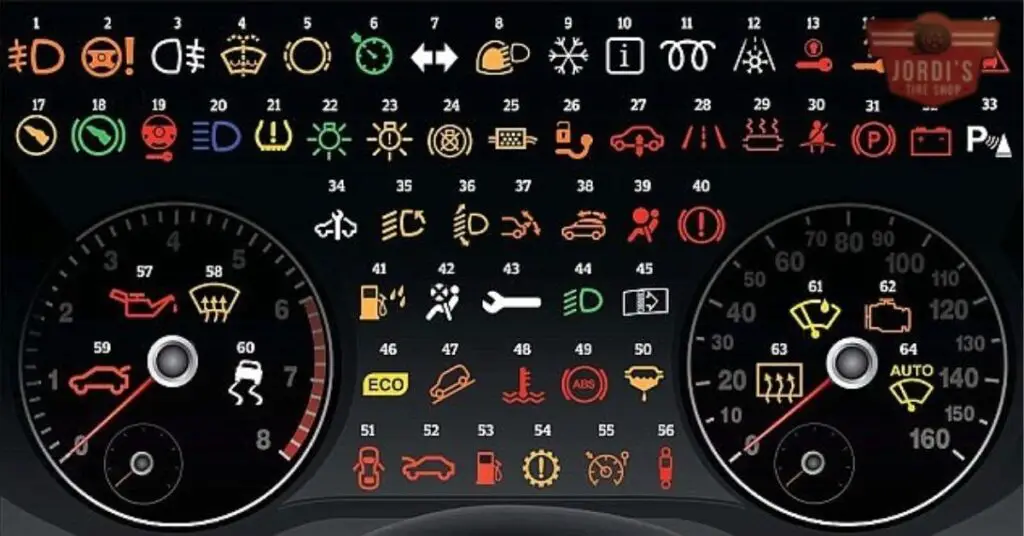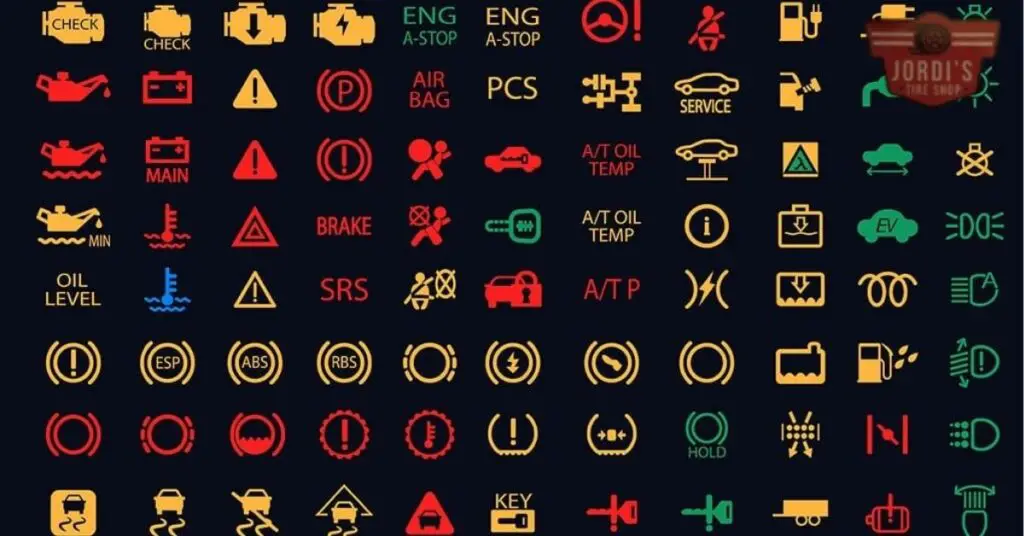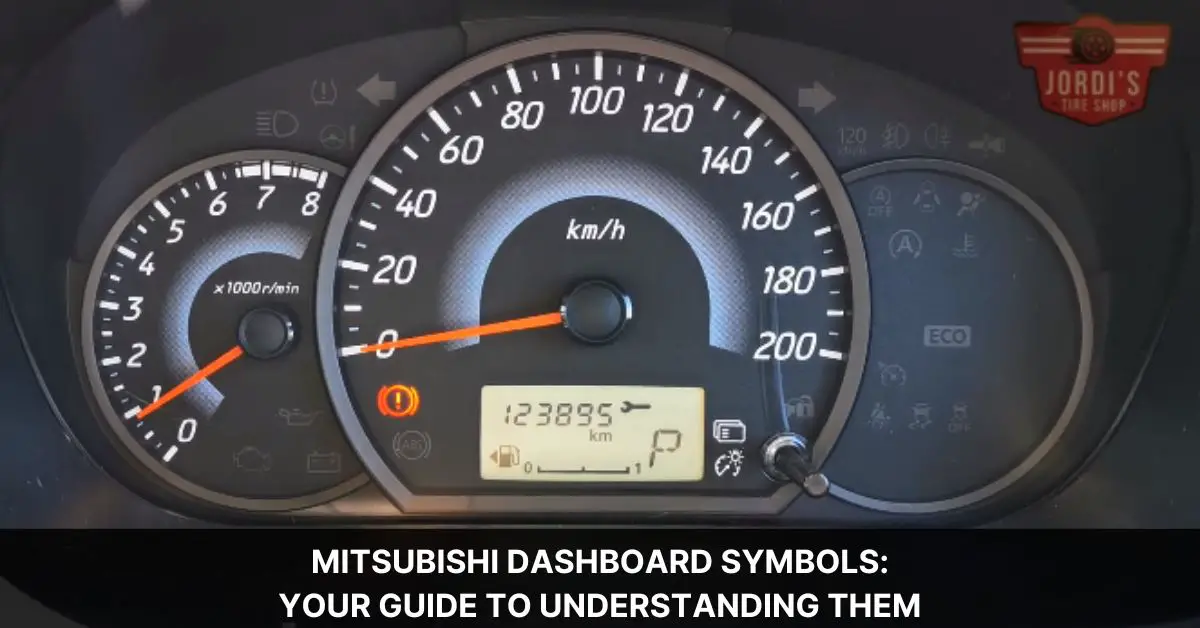Ever found yourself driving, only to have a mysterious symbol light up on your Mitsubishi’s dashboard? You’re not alone. These symbols, while sometimes perplexing, are designed to keep us informed about our car’s health and safety. But let’s be honest, deciphering them can feel like trying to understand a foreign language.
That’s where we come in. We’ve all been there, squinting at our dashboards, wondering whether that flashing light means a quick trip to the mechanic or just that our gas cap’s not on tight enough. Understanding these symbols can save us time, money, and unnecessary worry. So, let’s demystify those cryptic icons together and make our driving experiences a little less stressful.
Key Mitsubishi Dashboard Symbols to Know

Following our discussion on the importance of recognizing Mitsubishi dashboard symbols, let’s dive deeper into some key symbols we need to be familiar with. This knowledge aids in making informed decisions about our vehicle’s health and safety, aligning with our prior emphasis on the Check Engine Light, Battery Alert, Oil Pressure Warning, Tire Pressure Monitoring System, and ABS Warning Light.
Check Engine Light
When the Check Engine Light illuminates, it’s signaling that there’s a potential issue with the engine’s performance. It could indicate anything from a loose gas cap to more serious engine problems. If this light comes on, it’s advisable to have the car checked by a professional to diagnose the exact problem.
Battery Alert
The Battery Alert symbol appears as a battery and means there’s an issue with the car’s charging system. It doesn’t necessarily mean the battery itself is failing, but it indicates that the system that charges the battery while the car is running might not be functioning properly.
Oil Pressure Warning
This symbol looks like an old-fashioned oil can and lights up when the oil pressure in the engine falls below the normal range. It’s critical to stop the car as soon as safely possible and check the oil level; driving with low oil pressure can cause significant engine damage.
Tire Pressure Monitoring System (TPMS)
The TPMS symbol, represented by an exclamation mark inside a tire shape, warns us when one or more tires are significantly under-inflated. Maintaining proper tire pressure is crucial for vehicle stability, fuel efficiency, and to prevent premature tire wear.
ABS Warning Light
The ABS Warning Light means there’s a problem with the Anti-lock Braking System. While the car’s normal brakes should still work, the advanced safety feature designed to prevent the wheels from locking up during an emergency stop might not function, which could affect the vehicle’s ability to avoid obstacles.
Navigating Less Common Symbols

In transitioning from the more familiar dashboard indicators, we introduce less common symbols that might perplex even seasoned drivers of Mitsubishi vehicles. Understanding these can further safeguard your journey and prevent minor issues from escalating into major concerns.
- AdBlue Warning: This symbol, appearing as a fluid droplet with a “no” sign, signals that the AdBlue level, necessary for diesel models to reduce emissions, is low. Refilling the AdBlue tank is essential to keep the emission control system working efficiently and to ensure compliance with environmental standards.
- Regenerative Brake System Warning: Represented by a circular arrow around a brake symbol, this alert indicates a fault in the regenerative braking system. This innovative system recovers kinetic energy during braking to recharge the battery, particularly in electric and hybrid vehicles. If this light illuminates, it’s crucial to have your brake system checked immediately to maintain optimal recharging and braking performance.
- Forward Collision Mitigation System (FCM) Warning: A car icon with two lines in front, signaling to the driver that there is a malfunction within the FCM system. This advanced safety feature helps to prevent collisions by alerting the driver of an imminent crash with a vehicle or obstacle ahead. In the event this symbol lights up, consulting a professional to assess and fix the FCM system can ensure it functions correctly, offering peace of mind with an extra layer of safety on the road.
- Electrical System Fault: Represented by a lightning bolt or a battery symbol with an exclamation mark, this warns of an electrical system fault. Electrical issues can affect numerous vehicle operations, from starting the engine to powering in-car electronics. Promptly addressing any warnings related to the electrical system can prevent further damage and ensure the reliability of your vehicle’s electronic components.
- Lane Departure Warning (LDW) System Fault: Featuring a car veering out of a lane, this symbol suggests a malfunction in the LDW system, designed to alert drivers when the vehicle begins to drift out of its lane without signaling. Ensuring this system is operational enhances safety on the road, particularly on long journeys or highways where staying within lane markings is crucial.
What to Do When a Warning Light Comes On

Upon noticing a warning light on your Mitsubishi’s dashboard, staying calm is paramount. Each light signals a specific issue, ranging from minor to urgent. Here’s a tailored guide on how to respond:
- Check Engine Light: If it’s illuminated, first check whether the gas cap is tight. A loose cap is a common cause. If tightening it doesn’t help, reduce your speed and load. If the light flashes, it indicates a serious issue that requires immediate attention. Seek professional service to avoid significant damage.
- Battery Alert: This indicates the battery is not charging properly. Turn off any electrical devices that aren’t essential and head to a service center promptly to avoid being stranded.
- Oil Pressure Warning: Stop driving as soon as it’s safe. Operating your vehicle with low oil pressure can lead to engine damage. Check the oil level once the engine has cooled and add oil if it’s low. If the light stays on, it’s best to have your vehicle towed to a service center.
- Tire Pressure Monitoring System (TPMS): Inflate your tires to the recommended pressure. If the light persists or flashes, it may indicate a puncture or sensor fault. Have your tires checked by a professional.
- ABS Warning Light: While your basic braking system should still function, the anti-lock feature is compromised. Drive carefully and avoid sudden stops; have the system checked as soon as possible.
- AdBlue Warning, Regenerative Brake System Warning, FCM Warning, Electrical System Fault, and LDW System Fault: These indicate specific issues that often require specialized diagnostics and repairs. Continuing to drive could exacerbate the problem. Schedule a service appointment promptly to resolve these issues.
Maintenance Tips to Avoid Dashboard Alerts

To keep your Mitsubishi running smoothly and to minimize the appearance of dashboard alerts, regular maintenance is key. We’ve compiled a list of tips to help you prevent common issues that trigger these alerts.
Regularly Check Fluid Levels
- Engine Oil: Check at least once a month to ensure optimal engine performance. Low levels can trigger the Oil Pressure Warning.
- Coolant: Essential for preventing overheating, check its level bi-monthly.
- Brake Fluid: Critical for brake system efficiency, check monthly to avoid triggering the ABS Warning Light or the Regenerative Brake System Warning.
Maintain Tire Health
- Keep tires properly inflated to the manufacturer’s recommended PSI. Doing so avoids the Tire Pressure Monitoring System alert and improves fuel efficiency.
- Regularly rotate tires, approximately every 5,000 to 8,000 miles, to ensure even wear and prolong tire life.
Battery Maintenance
- Test your battery’s charge every six months. A weak battery can trigger the Electrical System Fault alert.
- Clean battery terminals to prevent corrosion and ensure a good connection.
Keep the Engine in Good Shape
- Replace the air filter every 12,000 to 15,000 miles to improve air flow to the engine and fuel efficiency.
- Use the correct fuel type as specified by Mitsubishi to prevent issues with the engine and emissions system that can lead to the Check Engine Light or AdBlue Warning.
- Have a professional inspect your vehicle at least once a year. They’ll catch issues that might not be obvious but could lead to alerts like the FCM Warning for collision system malfunctions or the LDW System Fault for lane departure.
- Ensure software updates are applied during professional check-ups to keep vehicle systems, including safety features, up to date.
Conclusion
We’ve walked you through the maze of Mitsubishi dashboard symbols and shared some key maintenance tips to keep those alerts at bay. Remember maintaining your vehicle isn’t just about avoiding warning lights; it’s about ensuring your safety and the longevity of your car. Keeping up with regular checks and professional inspections can save you from unexpected troubles down the road. Let’s keep our rides in top shape together for smoother and safer journeys ahead. Happy driving!
Related Posts:

